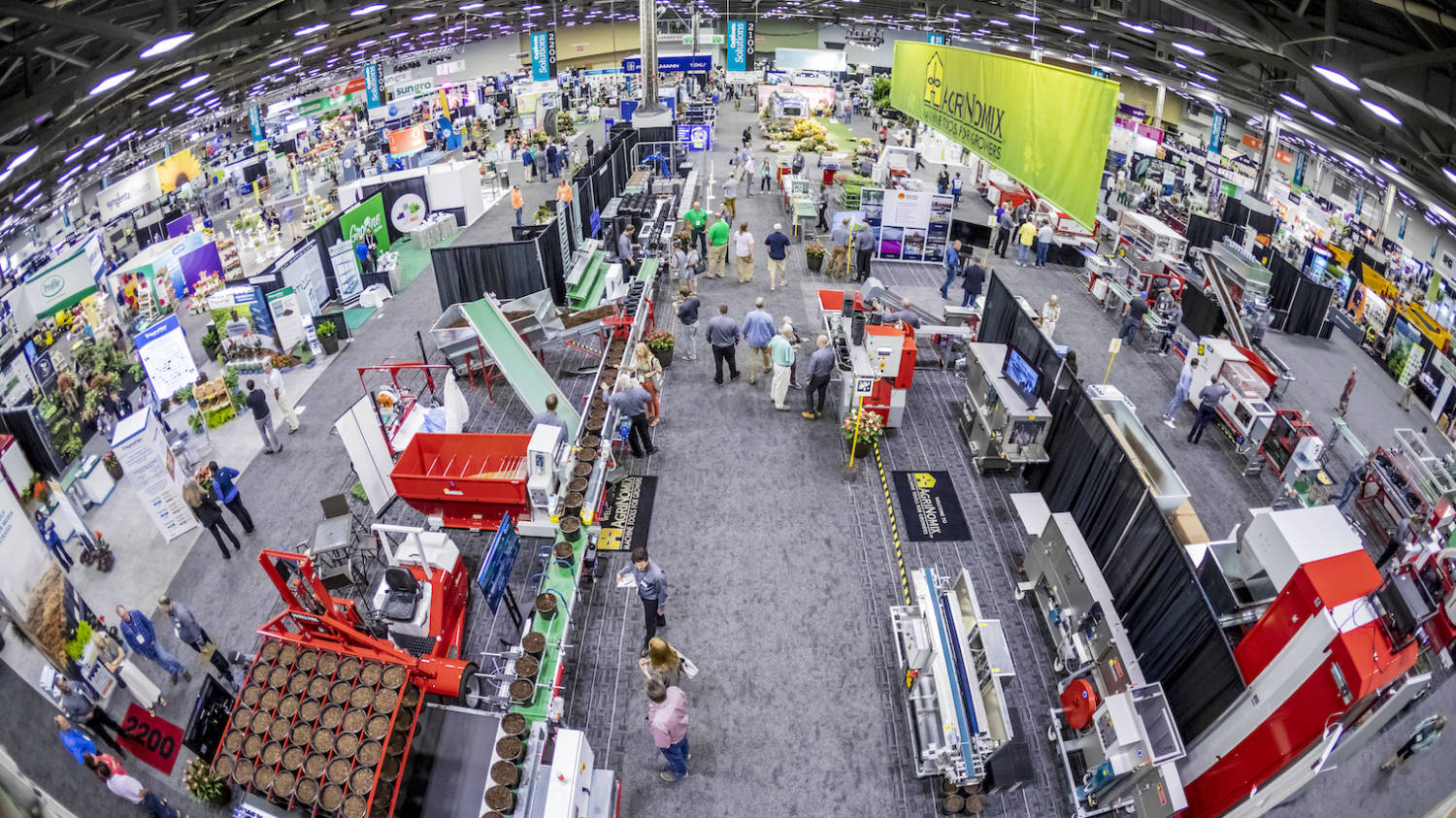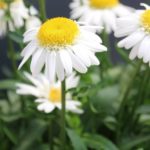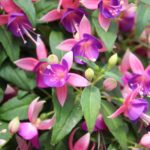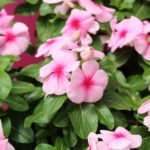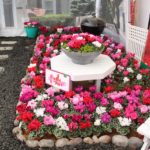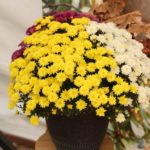Prunella hybrid ‘Summer Daze’
Prunella 'Summer Daze' is a reliable variety for commercial growers to consider adding to their perennial programs. This cultivar maintains an attractive appearance and distinguishes itself from other cultivars in an otherwise neglected genus by its blooms' size and vivid coloration. This is a new hybrid from breeder Martin Emmett of Binsted Nursery in the United Kingdom. In recent years, Binsted Nursery is also credited with introducing the ajuga cultivars 'Black Scallop' and 'Party Colors' to the market.
'Summer Daze' produces compact plants with semi-evergreen, oak-shaped leaves and forms masses of vibrant, rich-pink flowers in the spring. Prunella grows best in locations with partial to full sun throughout USDA Hardiness Zones 4 to 9 and AHS Heat Zones 8 to 1. In the landscape, it blooms from June until frost and is commonly used in border and container plantings. It also can be marketed as an indoor flowering house plant that can be planted into the landscape after blooming. Its common name, self heal, refers to the medicinal properties of several prunella species.
With its long bloom time, masses of blooms and excellent shelf life, 'Summer Daze' is sure to catch the eyes of retail shoppers as a great impulse perennial.
Propagation
Prunella 'Summer Daze' is vegetatively propagated with basal cuttings by licensed propagators. Because a plant patent is being sought (PPAF), unlicensed propagation of this cultivar is prohibited.
Stick basal cuttings about 21/2-3 inches long into plug liner trays using a premoistened rooting medium in the plug flat prior to sticking. Spray the cuttings within 24 hours of sticking with 1,000-ppm IBA-soluble salts to promote rooting. Prunella can successfully root without rooting compounds but tend to root slightly faster and more uniformly under these treatments.
Place the cuttings under a low misting regime for the first seven to 10 days of propagation. When possible, propagate under high humidity levels (90 percent relative humidity) with minimal misting. The misting can gradually be reduced as the cuttings form calluses and root primordia. For best results, maintain air temperatures at 70¡ F during rooting. Begin constant liquid feeding with 100-ppm nitrogen once a week beginning 10 days from sticking. The cuttings are usually rooted in less than three weeks with soil temperatures at 68-74¡ F.
Production
For container production, 'Sum-mer Daze' is suitable for quart- to gallon-size containers. Self heal performs best when grown in a moist, well-drained medium with a slightly acidic pH (5.5-6.5). Most commercially available peat- or bark-based growing mixes work well, provided there is adequate drainage. When planting, the plugs should be planted so the original soil line of the plug is even with the surface of the growing medium of the new container.
Prunella can be
grown at moderate fertility levels. Growers using water-soluble fertilizers either apply 200- to 250-ppm nitrogen as needed or use a constant liquid fertilization program with rates of 125- to 150-ppm nitrogen with every irrigation. Time-release fertilizers also can deliver nutrients effectively when incorporated into the growing medium prior to planting at a rate equivalent to 1 pound of elemental nitrogen per yard of growing medium.
Provide average irrigation, as they do not tolerate overly wet or dry conditions. When irrigation is necessary, water them thoroughly, then allow the soil to dry slightly between watering. 'Summer Daze' has a naturally compact growth habit and will usually not require height-control strategies.
Insects and Diseases
It can generally be grown free of insects and plant pathogens. Prunella is susceptible to root-rot pathogens, particularly following extended periods of overly wet or dry conditions. They also are occasionally attacked by Myrothecium and powdery mildew pathogens.
None of these diseases require preventive control strategies. Growers should have routine scouting programs to detect the presence of insects and diseases early and to determine if and when control strategies are necessary.
Forcing
Prunella 'Summer Daze' is easy to force into bloom and is most commonly produced for early-spring sales. Self heal is a cold-beneficial perennial; providing a cold treatment will produce more flowers per plant and provide earlier and more uniform flowering. Vernalizing them in the final container or as large plugs (72-cell or larger) for a minimum of six weeks at 35-44¡ F is recommended. After vernalization, they can be grown at any day length, as they are day-neutral plants. The length of the photoperiod has no effect on the time to flower or the number of blooms produced.
The time to bloom after vernalization is a function of temperature. Grown at 65¡ F, 'Summer Daze' will take approximate-ly six weeks to reach flowering. Producing them at cooler temperatures increases the time to flower but will improve the overall quality of the plant, such as color intensity of the foliage and flowers.
To obtain full, flowering plants for spring sales, plant them during the late summer of the previous season. Transplanting plugs into the desired container during mid- to late August, bulking them up before winter, overwintering them and forcing them to bloom in the early spring is recommended.
Availability
Prunella 'Summer Daze' is brought to the market by Plant Haven, Inc. (www.planthaven.com) out of Santa Barbara, Calif. Rooted liners are available from several licensed propagators, including James Greenhouses (www.jamesgreenhouses.com), Pacific Plug & Liner (www.ppandl.com) and Yoder Brothers, Inc. (www.yoder.com).









 Video Library
Video Library 
